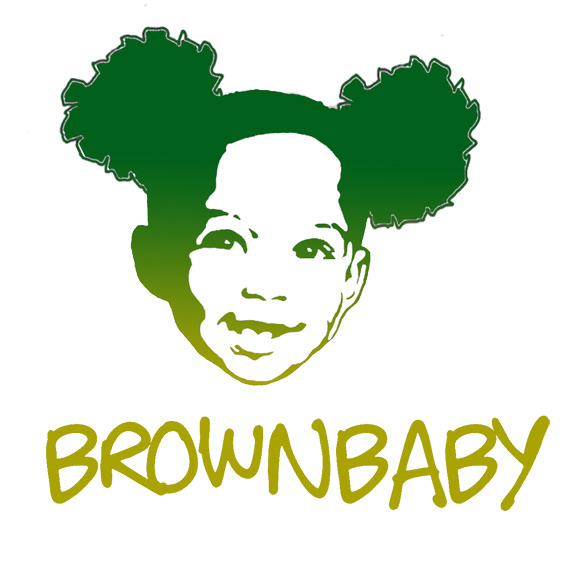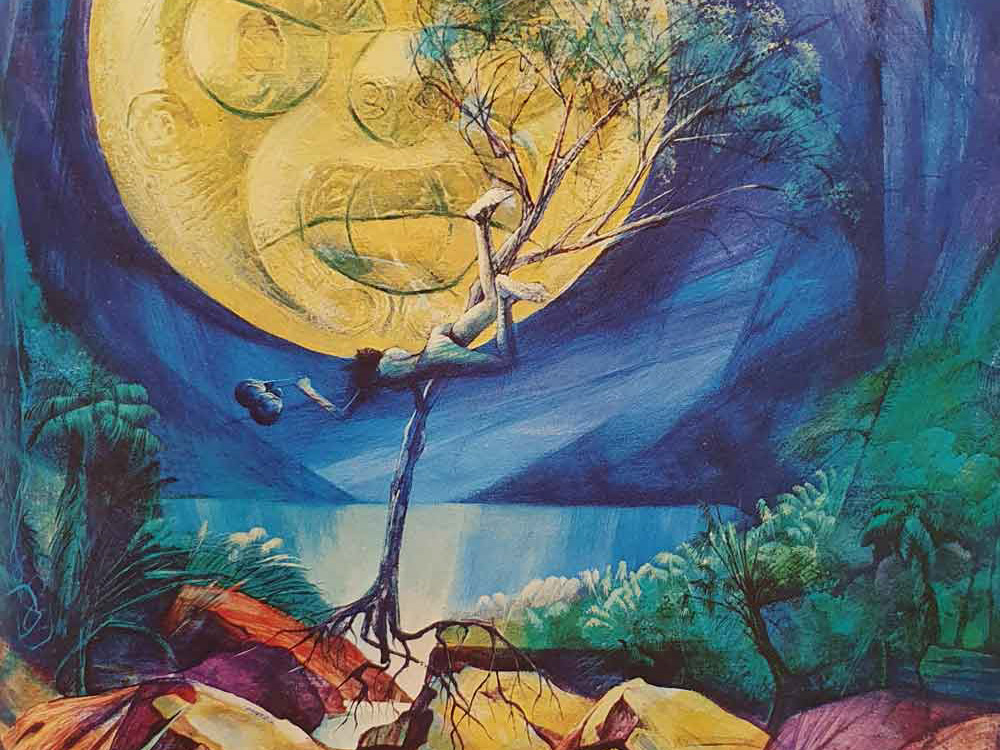Yolngu (indigenous Australian) paintings are both maps of land and representations of the ancestral forces that are embodied in the landscape. Paintings acquire map-like properties through representing the land in terms of its ancestral presence.
Choosing something to represent an ancestral or historical journey
Yolngu paintings are comprised of two main elements: geometric forms and figurative representations.
Yolngu see paintings as transformational. They had their origin in the ancestral past when they arose out of ancestral action.
They are ancestral in three senses: their underlying form; their encoding of ancestral events; they are given by ancestral beings to Yolngu as sacred designs.
Yolngu paintings move from a state that is relatively speaking rough, dull and ill defined, to one of shimmering brilliance in which elements are sharply defined. This process is seen as adding ancestral power.
The first stage is achieved quickly with the red, yellow and black colours laying out the basic design elements.
The second stage takes time to cover the surface with cross-hatched lines of red, yellow, white and black.
Finally geometric designs are laid out in white.
The optical effect is to create a painting in which the surface shines - Shimmering/Bir'yun
This effect is at a general level interpreted as a manifestation of ancestral power.
A painting can carry a tale of ancestry and place.
Paintings are used as part of burial ceremonies. Often a burial ceremony takes the form of a symbolic journey: the movement of the body from the place of death to burial in a grave is an analogue for the journey of the spirit from the place where a person dies to its incorporation within the spiritual.
Yolngu see within their paintings images of ancestral action and transformation
Yolngu painting form sets on the basis of two main criteria: ancestral journey and place.
One set includes the designs that represent a particular ancestral being as it journeyed.
The other set is centered on each place in turn and elaborates on the events that occurred there.
The focus of the artist's activity is primarily on the wet of paintings belonging to their own clan, or clans to which they are closely related to by descent.
Within the set associated with a place, paintings can be imagined to exist in an inside-outside relationship to each other, with the inside paintings being predominantly geometric and the outside ones including more figurative representations.
'Inside' in Yolngu terms has connotations of being underlying, more powerful and generative.
'Outside' is more descriptive and fixed.




